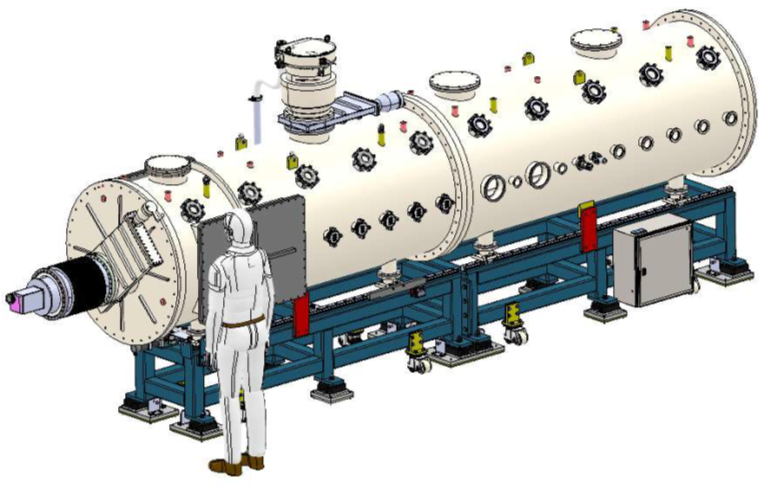| Techniques | X-ray fluorescence combined with ptychography |
| Photon beam energy | 5-30 keV |
| X-ray spot size | Down to 5 nm |

Some of America’s roads and bridges may be in rough shape, as a result of decades of use and a freeze-and-thaw cycle that allows water to seep in and weaken their structures. These materials fail because of tiny defects that build into larger ones. Improving those materials begins by tracing those defects at the nanoscale.
The PtychoProbe beamline has been designed to see the structures and chemical makeups of these materials like never before. The beamline combines two techniques: ptychography, which enables imaging of samples’ structures, and flourescence, which allows scientists to see which chemicals elements (and how many of each) are in a sample.

PtychoProbe will be the highest-resolution instrument at the APS, bridging the gap between X-ray techniques and the high resolutions of electron microscopy. The beamline’s top resolution will be five nanometers. (A strand of human DNA is 2.5 nanometers thick, whereas a sheet of paper is 100,000 nanometers thick.) And with ptychography, the beamline can get down to one nanometer resolution. Not only that, but it will be capable of scans a thousand times faster than the current APS beamlines can offer. Electron microscopy has higher resolution, but it can only look at the surface. X-rays can penetrate, and scientists can rotate the sample and get information in three dimensions.
This high resolution is important for the next generation of microelectronics, to name one example. Computer chips are routinely produced with nodes that are seven nanometers wide, with the goal for the future reaching five or even three nanometers.
Intricately designed new X-ray optics will reduce the spot size of the X-ray beam, helping to achieve that high resolution. Scientists using PtychoProbe will be able to steer the tiny beam over the sample, controlling the scan. Laser systems will monitor the beam within the microscope, and new supports hold the microscope, so it can be operated at an unprecedented stability level.
The resulting beamline will advance research into infrastructure materials, but also decarbonization, batteries, energy storage and other areas. It will help establish the APS as the go-to place for high resolution X-ray microscopy.
BEAMLINE CONTACTS:
Volker Rose, [email protected]
Barry Lai, [email protected]
Junjing Deng, [email protected]
